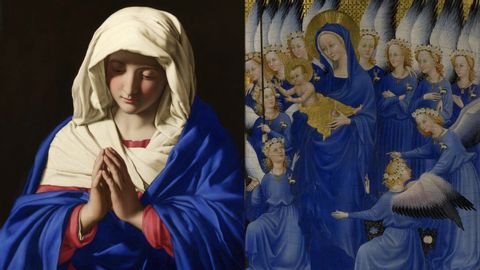世界上最昂貴的顏料 - 群青在藝術史中的應用 (The Most Expensive Pigment in the World - The Use of Ultramarine in Art History)
jiotau 發佈於 2024 年 10 月 27 日  沒有此條件下的單字
沒有此條件下的單字US /ɪˈkwɪvələnt/
・
UK /ɪˈkwɪvələnt/
US /ɪnˈkrɛdəbəl/
・
UK /ɪnˈkredəbl/
- adj.難以置信;偉大的;令人難以置信的;難以置信的
US /ˈprɑsˌɛs, ˈproˌsɛs/
・
UK /prə'ses/
- v.t.用電腦處理(資料);(依照規定程序)處理;處理;流程;加工;理解
- n. (c./u.)(規定的)程序;過程;進程;方法;法律程序;進程
US /ˈprɛzəns/
・
UK /ˈprezns/
- n.在場;出席;冥冥中有人的存在感;風度;出席者;在場者;影響力;勢力;高頻率
